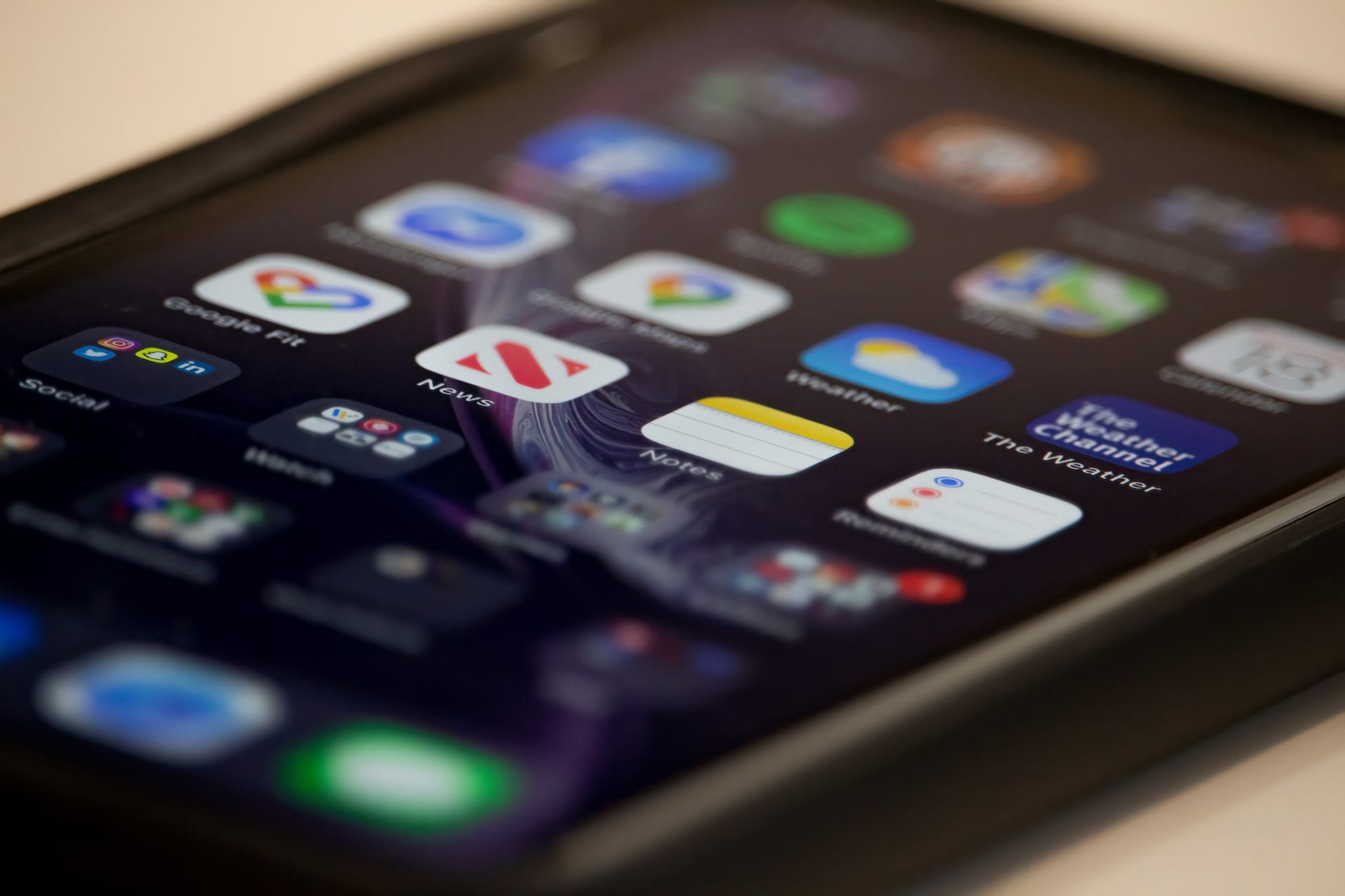Any business that works with appointment bookings should be sending reminders to all of its customers. Even the simplest reminder can slash no-show rates and late appearances by customers who have a hard time keeping track of their schedule. Online appointment reminders can also be automated, so there’s no additional work for your team.
However, the best appointment reminders require a little more thought and effort. Carefully crafting your appointment reminders will improve their effectiveness in bringing customers through your doors. Here are a few tips to bear in mind when developing your own appointment reminders:
Provide Multiple Options
Not all forms of appointment reminders will be effective for all your customers. Some will prefer email reminders, while others are more likely to respond to a text message or automated phone call. Having a variety of options lets customers select the method that fits them best; multiple options will help ensure they never forget an appointment.
Also consider allowing customers to select the time of the reminder. Some individuals only need an hour’s notice to get ready for an appointment, while others will want a nudge 24 hours in advance. For clients who book appointments very far out, multiple reminders over a month or two will prevent you from falling off their radar.
In some cases, businesses are prohibited from sending direct messages to customers without their approval. Follow any opt-in requirements that may apply to your business to make sure your reminders don’t run afoul of the FCC.
Include Appointment Information
You could have the loveliest copy and cleanest design, but your appointment reminder won’t be worth much if it doesn’t contain key information. Before you add bells and whistles to your reminders, start with the basic structure.
Be sure that the time, date, and location of the appointment are front and center. The purpose of a reminder, after all, is to call attention to the commitment a customer has made with your business. Your company name and logo should be immediately visible so customers know where the reminder is coming from.
Get (Reasonably) Personal
You probably can’t send a calligraphed note for each individual appointment reminder, but there are ways you can add a personal touch to each one. A little personalization helps customers feel important and valued, not just another face in the crowd.
Automation allows you to easily give your appointment reminders some personal flair. It can add the customer’s name as well as other relevant information that makes the reminder theirs and theirs alone. Adding time, location, and — if possible — the name of the service provider will prevent appointment reminders from sounding too generic.
Be wary of messages that are too personal, though. For instance, appointment reminders for a doctor’s office shouldn’t include sensitive patient information. Such information should be stored securely and accessed via an online patient portal with messaging that requires a username and password.
Keep It Concise
Don’t let a lot of copy defeat the purpose of your appointment reminder. A wall of text will swallow up the important information your customer will need in order to fulfill their appointment commitment.
So keep it super simple. Address the customer by name, and notify them of their upcoming appointment. If you want to make more use of the reminder, you can include contact information. This way, should customers need to cancel an appointment or adjust their booking, they’ll know how to get in touch.
Use the Right Tone
The tone of your writing should reflect your brand imaging in a way that resonates with customers. A high-profile lawyer wouldn’t use the same tone of voice as, say, a hair stylist. One is more serious, while the other allows for more flexibility and fun.
Think about your target audience and what sort of message would appeal to them. Customers of a more light-hearted business might appreciate a fun tagline with their appointment reminders or a quote fit for an Instagram post. Others, like our lawyer friend, will want to use official-sounding language that exemplifies their expertise in the legal field.
Include a Call to Action
Use appointment reminders as a way to increase engagement by adding a call to action. This will prompt customers to act on your reminder instead of dismissing the notification and forgetting about it immediately.
A simple click-to-confirm button will solidify bookings in your business calendar and get customers to take control of their appointments. Other calls to action can include taking advantage of deals or setting up a future booking from their device.
Send Reminders From a Consistent Source
When sending out your appointment reminders, stick to the same phone number or email address. Customers will recognize the validity of your messages when they come from a consistent source. Otherwise, they might dismiss reminder messages as spam.
To remove all doubt, make it easy for customers to verify where you send messages from. Add this information to an easily accessible location on your website, such as a frequently asked questions page. You can also add your contact info to confirmation messages that come with the initial booking.
The right appointment reminders will help customers keep their commitments and businesses maximize their time and revenue. Review your appointment reminders now — and often — so that they’re always optimized for the best results.

